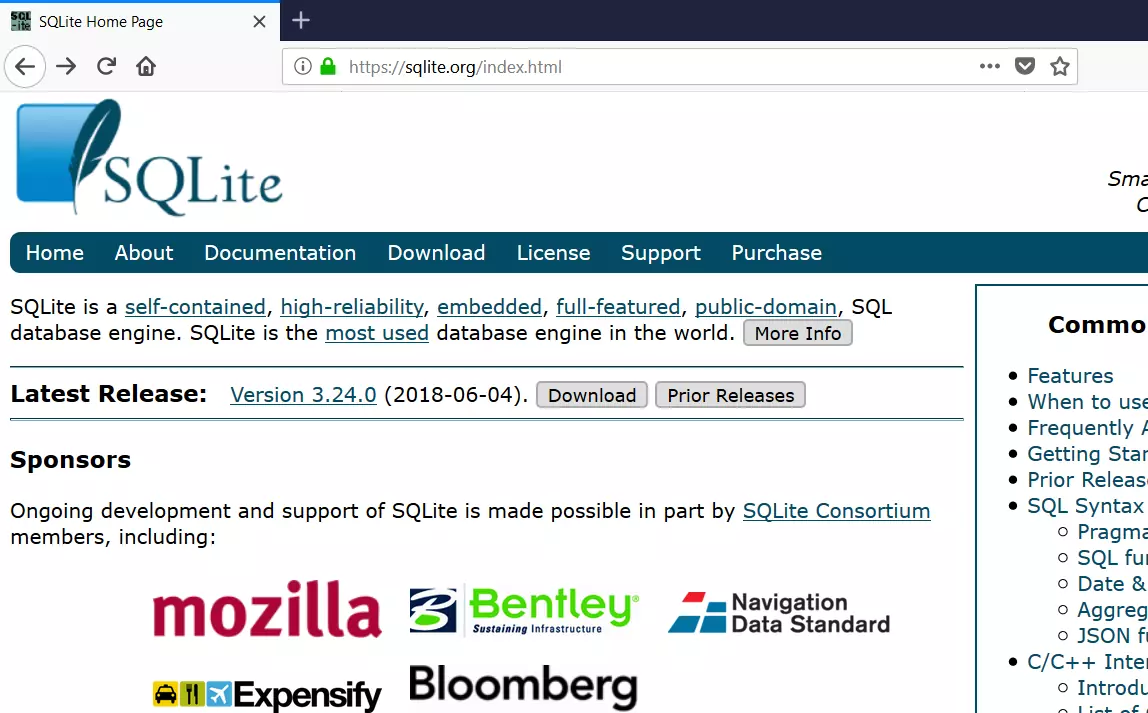SQLite Constraints
Overview
SQLite constraints define rules or conditions that apply to tables or columns to ensure the integrity of the data and maintain consistency.
Using constraints we can restrict the database to contain the valid data while executing the CRUD operations. ( Create, Read, Update, and Delete )
SQLite Constraints
SQLite Constraints are the rules enforced to ensure the accuracy and reliability of the database. The different levels the constraints can be applied are column level or table level. Constraints can be enforced on tables or columns.
The column-level constraints can be applied only to a specific column, whereas table-level constraints can be applied to two or more columns or on tables.
Table constraints are applied to the database table. Column constraints are applied to a specific column of the table. SQLite supports various constraints to ensure data integrity in a database.
Some of the column constraints are as follows:
- NOT NULL
- UNIQUE
- CHECK
- DEFAULT
- PRIMARY KEY
- FOREIGN KEY
—
SQLite Tutorials
SQLite tutorials on this website:
https://www.testingdocs.com/sqlite-database-tutorials/
For more information on SQLite, visit the official website:







